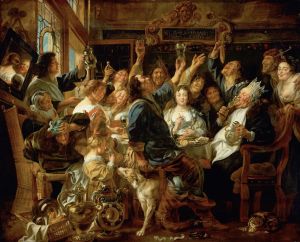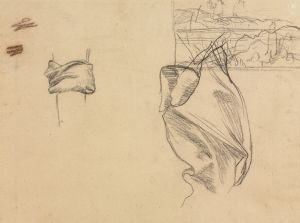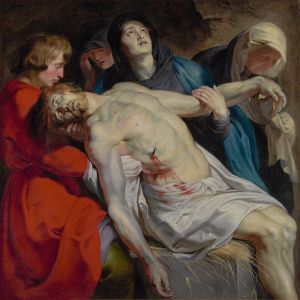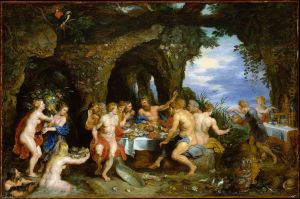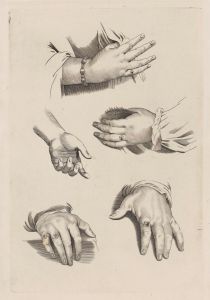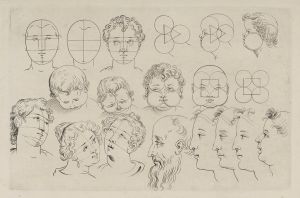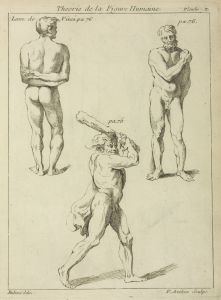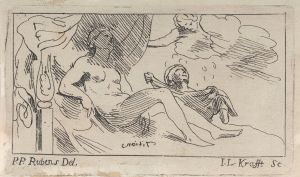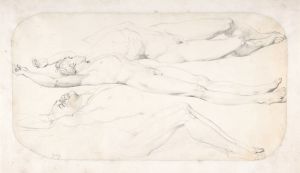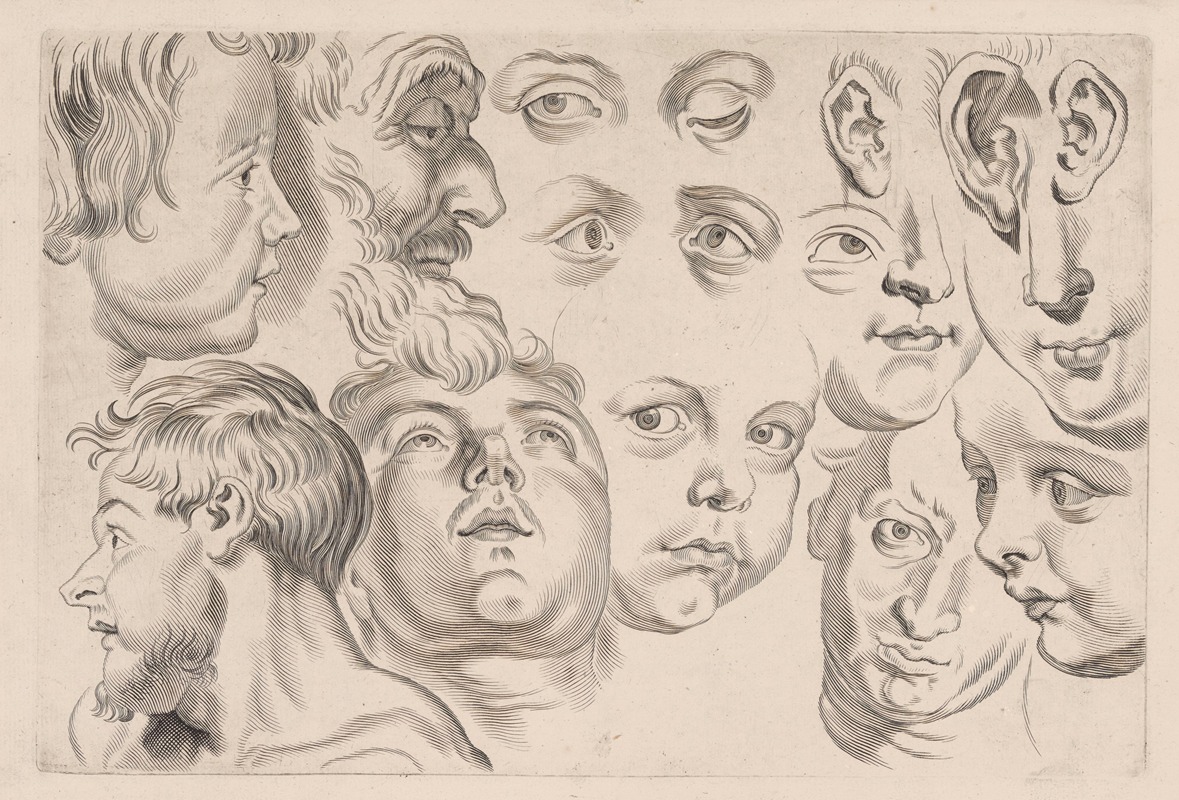
Study of Heads
A hand-painted replica of Peter Paul Rubens’s masterpiece Study of Heads, meticulously crafted by professional artists to capture the true essence of the original. Each piece is created with museum-quality canvas and rare mineral pigments, carefully painted by experienced artists with delicate brushstrokes and rich, layered colors to perfectly recreate the texture of the original artwork. Unlike machine-printed reproductions, this hand-painted version brings the painting to life, infused with the artist’s emotions and skill in every stroke. Whether for personal collection or home decoration, it instantly elevates the artistic atmosphere of any space.
Peter Paul Rubens, a prominent Flemish Baroque painter, is renowned for his dynamic compositions, vibrant color palette, and masterful depiction of the human form. Among his extensive body of work, "Study of Heads" is a notable piece that exemplifies his skill in capturing the subtleties of human expression and anatomy. This work, like many of Rubens' studies, served as a preparatory exercise for larger compositions, allowing him to experiment with different facial expressions and character types.
"Study of Heads" typically refers to a series of sketches or paintings where Rubens focused on the detailed rendering of human heads. These studies were crucial for his creative process, as they allowed him to explore various aspects of human physiognomy and emotion. Rubens often used these studies to refine his understanding of light, shadow, and texture, which he would later incorporate into his more complex narrative paintings.
Rubens' approach to these studies was deeply influenced by his classical education and his admiration for the works of the Italian Renaissance masters, such as Leonardo da Vinci and Michelangelo. He was particularly interested in the expressive potential of the human face, and his studies often reflect a keen observation of human emotion and character. This focus on expression and emotion is a hallmark of Baroque art, which sought to evoke an emotional response from the viewer.
The "Study of Heads" pieces are characterized by their meticulous attention to detail and the dynamic use of brushwork. Rubens employed a variety of techniques to achieve a lifelike representation of his subjects, often using oil on canvas or panel. His studies frequently feature a range of ages and ethnicities, showcasing his interest in the diversity of human features and expressions.
These studies were not only exercises in artistic skill but also served as valuable teaching tools for Rubens' workshop. As a leading figure in the Baroque movement, Rubens operated a large studio in Antwerp, where he trained numerous students and assistants. The "Study of Heads" provided these young artists with exemplary models of how to capture the human form and convey emotion through portraiture.
While individual studies of heads by Rubens may not be as widely recognized as his grand historical and religious compositions, they are nonetheless integral to understanding his artistic process and the development of his style. These works offer insight into Rubens' meticulous preparation and his ability to convey the complexity of human emotion through subtle variations in expression and form.
In summary, Peter Paul Rubens' "Study of Heads" represents a significant aspect of his oeuvre, highlighting his mastery of portraiture and his dedication to exploring the nuances of human expression. These studies not only contributed to the success of his larger compositions but also played a crucial role in the education of the next generation of Baroque artists.





